Organic ReachWhen Facebook introduced Edgerank, the formula that determines the information that appears in the newsfeed, it was one of the many steps Facebook took in limiting what is called organic reach. Organic reach is the number of friends and fans we could communicate with on their platform for free. Take, for example, you having 1000 friends/fans on your Facebook page. When you post, an average of only 4% of your audience will see the post. If you want the rest of your friends/fans and others on Facebook to see your post, you have to promote the post using their paid advertising features that we will discuss a little later in the book. Likewise, Facebook limits how much content we see in our newsfeeds. They try to keep it to the most important 100 stories. Mark Zuckerberg stated, “Of the 1,500 stories that could theoretically appear on the average Facebook feed every day, most people only have time to consume roughly 100 stories.” Additionally, Facebook most often displays in your newsfeed the stories, articles, videos, and other content you most agree with. The reason for this is the more you agree with the content, the longer you will stay on Facebook. The longer you stay on Facebook, the more ads they can show you. The more ads they show you, the more money they make.
There are ways to increase your organic reach and build an audience for free, but the process takes time, effort, and a consistent flow of content. First, let us look at what Facebook Edgerank uses when it filters what shows up in the newsfeed and who sees what content. One of the most important aspects is the type of content that is posted. If you want to build organic reach, the best options are photos, text, and videos. Additional aspects include how often the user interacts with your profile or page, how long the post has been up, a user’s interaction with Facebook ads, and the device and Internet speed of a user. While these are contributing factors to organic reach, Facebook’s Edgerank has hundreds of factors they measure to determine what appears in the newsfeed. We discussed earlier the strategies to use to increase social media engagement and connections. Now would be a great time to go back and review those tips and pointers.
Organic reach is not limited to just Facebook. The concept is based on reaching and engaging with people on any Social Media platform without having to pay. Platforms such as Twitter and YouTube have ways to measure organic reach vs. paid reach, and the strategies to reach users on those platforms for free are similar to Facebook with a few differences. Finally, I have to admit something. As I have watched Social Media grow as an industry, I have discovered that the best results on the major platforms (Facebook, Twitter, Google+, LinkedIn, Instagram, YouTube, Pinterest) come from using ads and paid ads.
Pay to Play Even though our usage of Social Media is free, the platforms that have millions of users are for-profit corporations. Thus, they need to generate a profit. In order to generate this profit, Social Media is following the Google Ads model, where they show these millions of online users ads while they are using the networks. While most organizations that use Social Media want to find the best ways to use it for free, you must to pay-to-play to get the best results. By using the ad platforms and paying to reach larger audiences, you can get exponentially better results in comparison to free, organic usage. Here is the best part: Online advertising can be customized to any budget of any size. Therefore, if your organization has a budget from $100 to $10,000 per month, you can be effective in reaching larger online audiences. Now, we will examine some of the platforms and how to use them to reach audiences.
To learn more about this topic and others get your copy of Social Connections TODAY!

